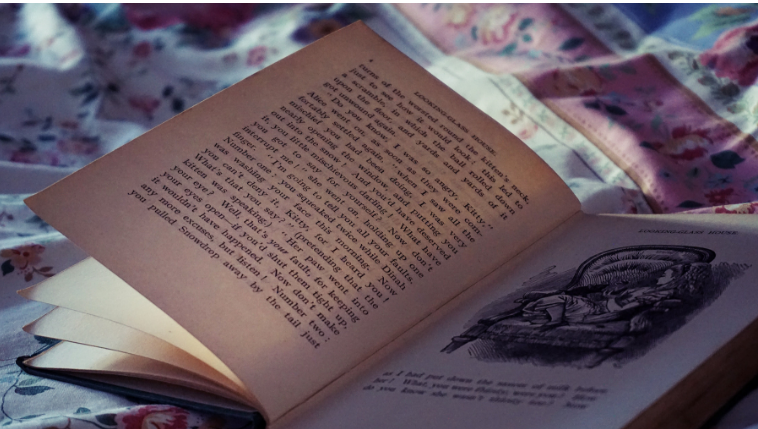Storytelling in the Henle App: a Closer Look

Last month, I wrote a mini-review of Henle's game-changing app, which allows one to load and annotate digital Urtext editions into your iPad. If you want to learn more about the app and how it works, check out the post here. As I am preparing for a concert of the complete Brahms violin and piano sonatas next month at Chicago's PianoForte Foundation, I want to talk about how the Henle app has been instrumental in my studies and preparation for this event.
One of my favorite features about this app is that the edition provides accessible, insightful, and revealing information about each work. What was going on in the composer's life around this time? This particular feature is perfect for those who are looking for quick information or inspirations behind a certain work––no need to fish around the library or internet––everything is right there in the app! After reading the provided preface notes of his Violin Sonata in G Major, Op. 78, I gained a deeper understanding of the backstory behind the work. Let me share it with you.
Brahms' Violin Sonata in G Major, Op. 78 has often been nicknamed, "Regenliedsonate" (Rainsong sonata) because of the work's allusion to "Regenlieder" (op. 59, No. 3 and 4), a set of Brahms songs that were written several years earlier. Both works are connected by the composer's quotation of the opening dotted-rhythm from Op. 59, which serves as the motivic cell of the final movement of Op. 78, and to a certain extent, the rest of the entire work.

Brahms, "Regenlied," Op. 59, No. 3, mm. 1-9.

Brahms, Violin and Piano Sonata in G Major, Op. 78, 3rd mvt, mm. 1-5.

Brahms, Violin and Piano Sonata in G Major, Op. 78, 1st mvt, mm. 1-2. Melodic similarities in violin melody
As I mentioned in a previous post about Brahms, the composer was aware and, at times, quite open about these references in letters to his friends. Op. 78's connection with his previous set of songs is something that I have known for quite some time, but Henle's preface notes suggest an additional source of inspiration: Clara Schumann's son, Felix.
According to Henle, Brahms sent an undated decorated leaf containing the beginning of the slow movement (this was recently discovered until 2004) with a letter to Clara Schumann:
"Dear Clara, if you play the material overleaf very slowly, it will say to you, more clearly than I otherwise could, how affectionately I think of you and Felix –– even of his violin, which I believe to be silent. I thank you from my heart for your letter; I did not, and do not, want to ask this, but I am so eager to hear from Felix..."
I learned that Felix Schumann was a very important person to Brahms. He was Brahms' godson, and was also behind the inspiration of some of the songs that the composer wrote. Around this time, Felix was terminally ill with tuberculosis and died a few days after Brahms sent this leaf and letter.
For a long time, I have thought that the dotted-rhythm theme from the last movement was the impetus behind the composition of the sonata. After a series of investigations and studies, Henle suggests; however, that this slow movement might have inspired Brahms to write the sonata since it was most likely composed first. Brahms' leaf served not only as an early sketch of Op. 78, but also expressions of sympathy to Felix's health condition. I have never seen the piece that way, but the more I think about it, the more I think that statement fits like a glove––the opening statement from the slow movement is incredibly expressive and intimate; while the middle section features a funeral-like march.
In any case, I enjoyed learning this backstory of Brahms' Op. 78. Thanks Henle for your wonderful app and insightful scholarly work!
Thanks for reading! If you enjoyed reading this post, please subscribe here to receive monthly email updates on my performing activities and blogs on lesser-known works and teaching.
































